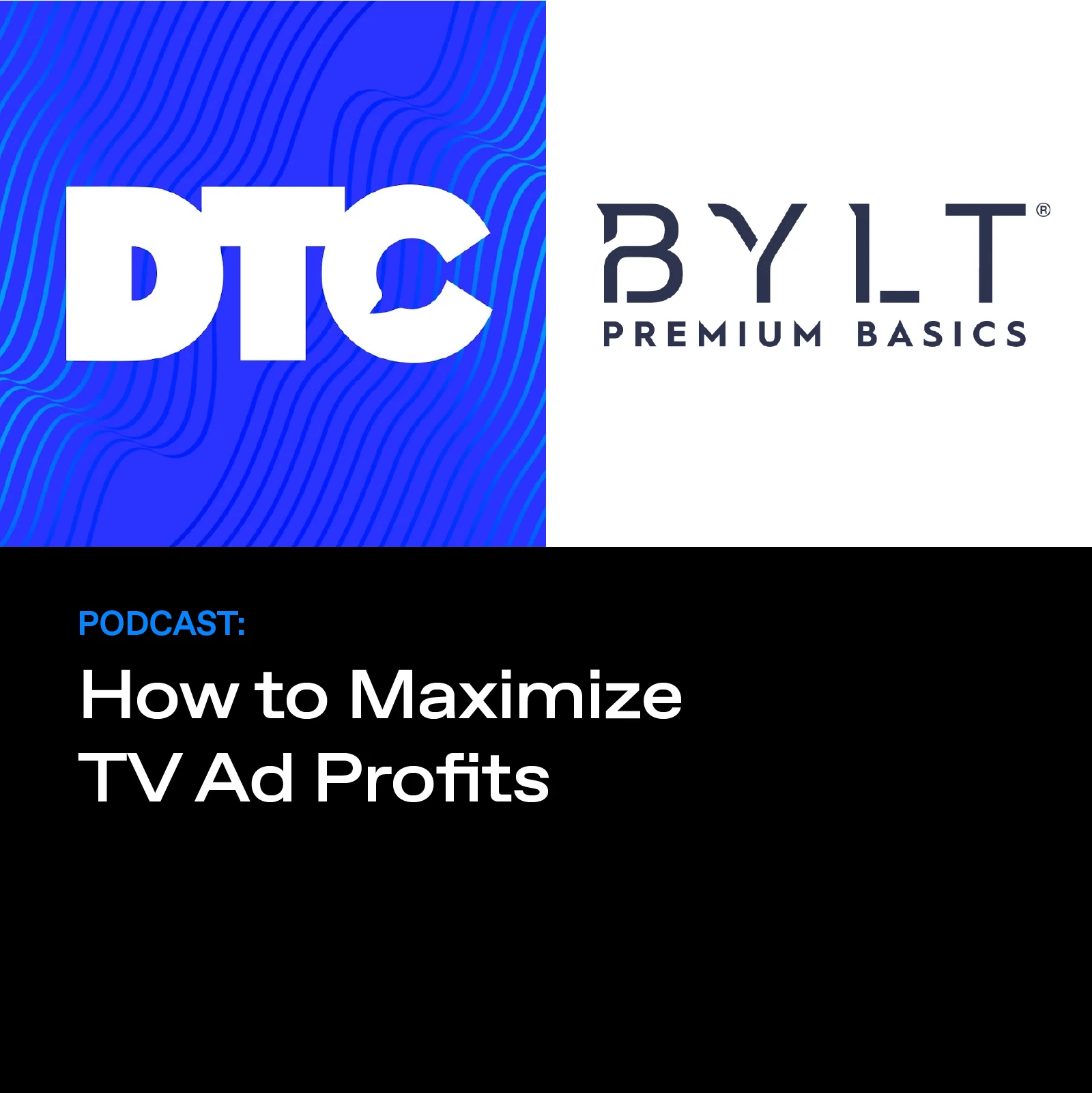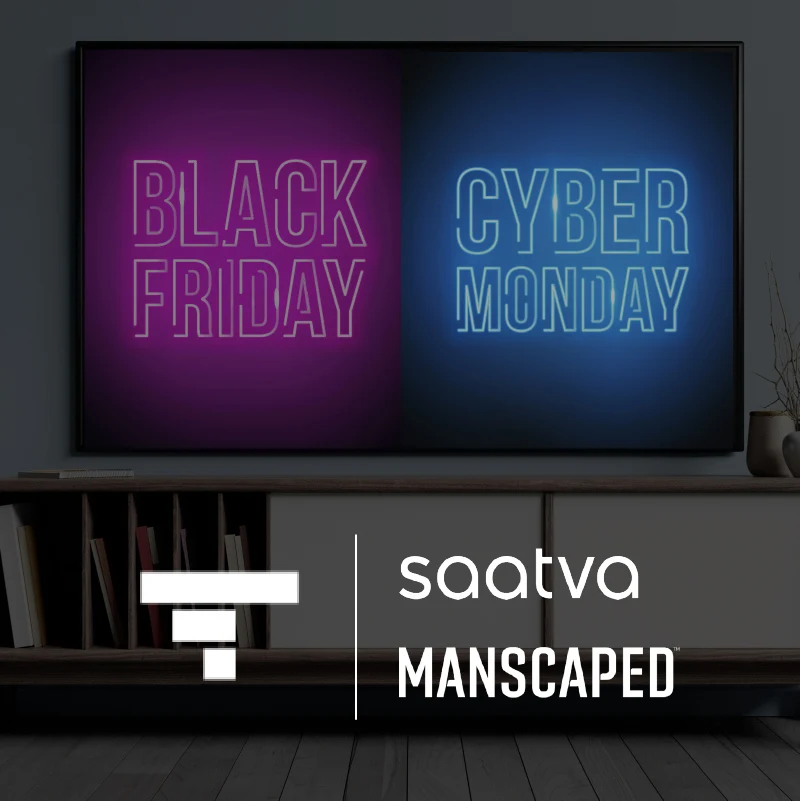
The Ultimate Guide to TV Sports Advertising
From the gridiron to the diamond, sports broadcasting rights are changing as quickly as a team’s roster, with new players emerging on an almost annual basis. In just the last few years, the sports media landscape has seen tremendous change as the fierce competition for viewers heats up and leagues find new (lucrative) media partners.
Live sports remain the most reliable pillar of mass audience engagement in a rapidly diversifying media landscape. According to eMarketer, live sports is watched by 155 million viewers in the US alone - is it any wonder publishers are vying to get a piece of the action? Sports fans are known for their loyalty and attentiveness, making them a winning audience for publishers. (And yes, I still watch every New York Jets game; talk about loyalty.) Just look at some of these audience stats:
Highly Engaged
Sports programming captures 96% of all live TV viewership - ReThink Technology Research, 2/24
Dedicated & Loyal
69% of sports fans watch until the end of the game, even if their team is losing - Comcast Advertising, 10/24
Extended Recall
80% of sports fans say they tend to remember ads seen during live sports programming - LG Ad Solution, 10/24
Implications for Advertisers
The growing competition between traditional broadcasters and streaming platforms for these highly coveted viewers has fragmented the media buying landscape for advertisers, with the major sports rights consolidating and concentrating under a few entirely new set of (dominant) players. Here’s a snapshot of some of the new power players changing the playing field:
NFL
The league scored a landmark 11-year, $110 billion broadcast deal with networks including CBS, NBC, Fox, ESPN, and Amazon while moving NFL Sunday Ticket from DirecTV to YouTube TV after nearly three decades thanks to a massive $2 billion deal. Meanwhile Netflix paid $400 million to air 2 exclusive Christmas Day games over the next three years - which has already sold out of ad inventory for both games before Halloween decorations even had a chance to be taken down.
MLB
Apple TV+ and Peacock went to bat for rights to air exclusive games on Friday night and Sunday morning in baseball’s headfirst slide into delivering more streaming content. Not to be outdone, Roku is paying $10 million per season to air Sunday afternoon games.
NBA
Currently, the NBA’s rights are held by long-time partners, ESPN and TNT, but this contract ends after the 2024-2025 season. While ESPN will retain rights to air games, the NBA made a slam dunk $76 billion deal to air games on NBC and Amazon next season.
NHL
After a long withstanding relationship with NBC, the NHL struck new deals worth almost double it was getting previously. The NHL’s rights are held by ESPN and Turner Sports, with ESPN+ streaming the majority of games. These deals are valued at $4.4 billion over 7 years, running through 2028.
WWE
Is it a sport? Entertainment? Both? Netflix isn’t concerned with how it's classified, because they agreed to a 10-year, $5 billion deal to become the exclusive broadcaster of WWE’s flagship show, Monday Night Raw, marking the first time in 31 years the program will not air on cable TV.
A Winning Game for Buying Ads During Live Sports
On top of live sports fragmentation across different platforms and devices, advertisers have to contend with dramatic changes in the way media is bought and sold. Everything from the performance of the teams down to when the game is being aired can impact rates for a given game. There are no standards; each sport comes with its own set of pricing nuances and rules.
Without sophisticated tech and large data sets, advertisers cannot navigate this complexity alone. This guide is intended to provide a detailed view of the key players in the ever-evolving sports media world and how advertisers should approach TV ad campaigns for each professional sports league, regardless of budget size.

Michael Goldberg
I lead content at Tatari. When I’m not writing, I’m reading, watching The Office (again), hopelessly rooting for the Mets and Jets, and blasting heavy metal.
Related
How Saatva and MANSCAPED Leveraged TV Advertising for Holiday Season Awareness and Conversion
Watch highlights from GROW LA Fall to hear how MANSCAPED and Saatva are using TV to deliver ROI.
Read more
How to Maximize TV Ad Profits with BYLT's Spencer Toomey and Greg Kalin of Tatari
Dive into the DTC podcast featuring Spencer Toomey from BYLT and Greg Kalin of Tatari. In this podcast we discussed Spencer's shift from paid social and search to embracing TV advertising.
Read more
How Retailers are Sharpening Their TV Ad Strategies for Black Friday and Cyber Monday
As holiday shopping intensifies, see how brands like Saatva and MANSCAPED are perfecting their TV ad strategies to make the most of the Black Friday and Cyber Monday rush.
Read more


